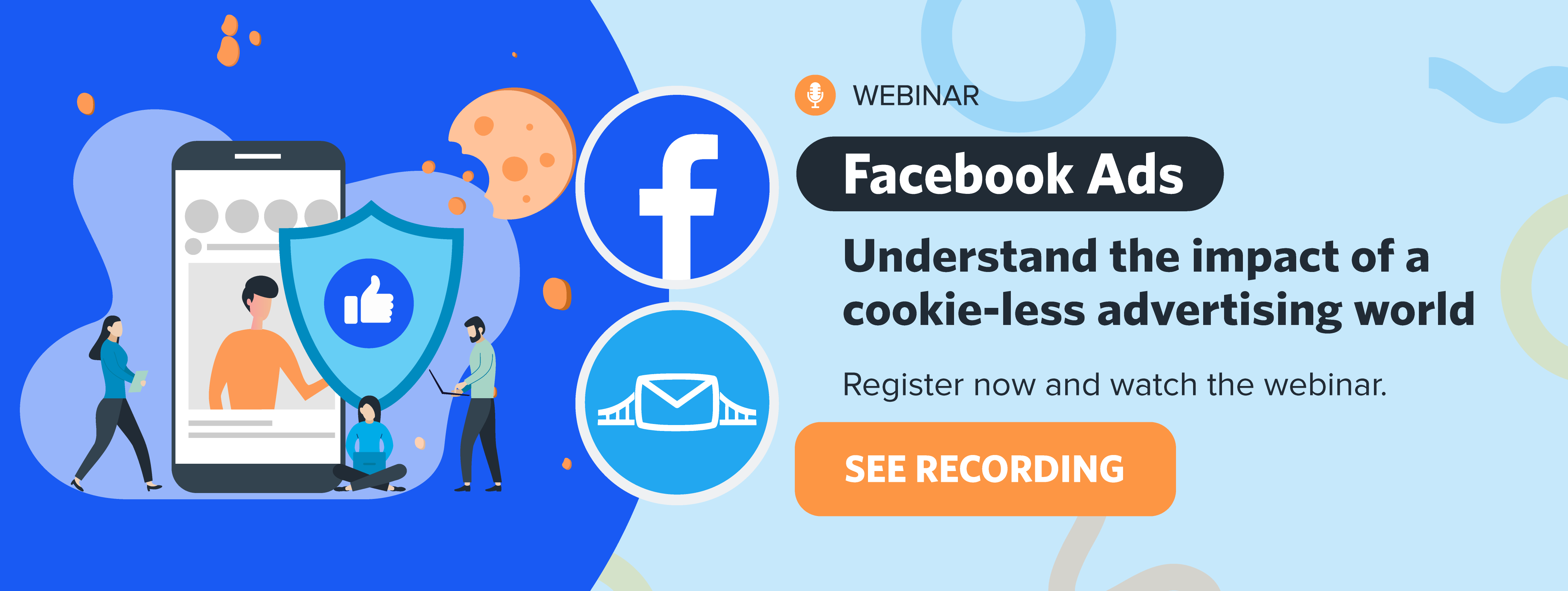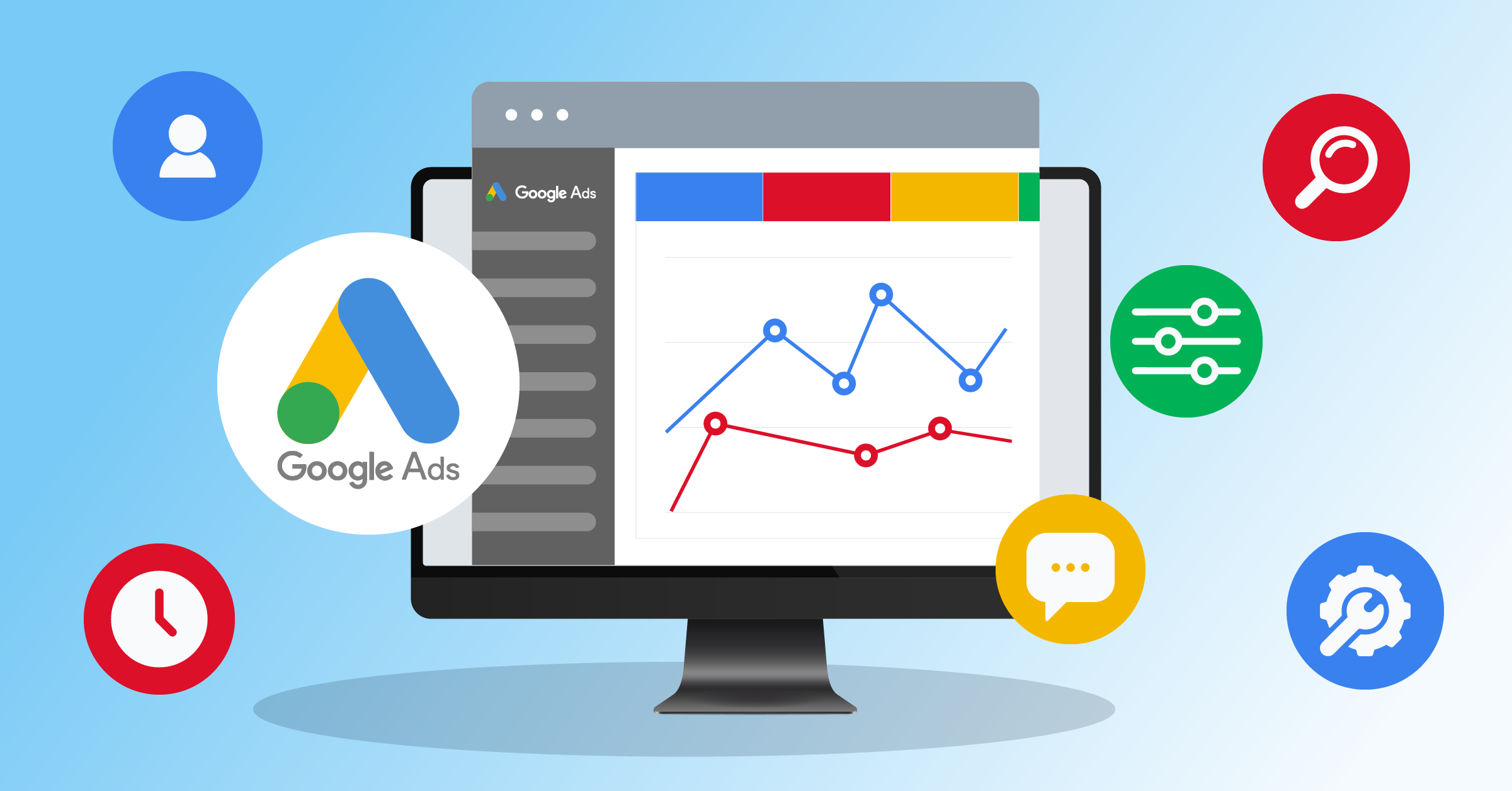
If we take a genuine, more honest approach, we can indeed say that driving conversions on your website is a serious challenge. Merely 2.35% is the average conversion rate, meaning that for every 100 visitors, there are only two customers. This is a stark reality that underscores the importance of optimization. And here you are, finding the answers to the secrets through the conversion rate optimization tips you can find in this article.
- 1. Knowing your customers is the foundation of CRO
- 2. Clearly communicate your value
- 3. PPC conversion rate optimization best practices to fuel your website with targeted traffic
- 4. Use AML platforms for easier conversions
- 5. Create a website experience that attracts users
- 6. Leverage the power of marketing automation
- 7. A/B testing for ongoing improvement
- Takeaways
But, what, then, should a business owner do? The answer lies in Conversion Rate Optimization, or CRO. Converting website traffic into paying customers is essentially the art and science of CRO. The key is to comprehend your target market, develop compelling offers, and make the user experience much simpler.
Unquestionably, a higher conversion rate translates into more sales, leads, and a stronger core. These are the benefits of CRO. Being different from the opposition is a primary task in a fiercely competitive atmosphere, and you need to use everything possible to your advantage. Adopting conversion rate optimization best practices – including automation – should be at the top of your list if you want that successful edge on your side.
1. Knowing your customers is the foundation of CRO
Understanding the audience you are aiming to convert is necessary before you can optimize anything. The starting point for strong conversion rate optimization best practices is user research. It involves putting yourself in your client’s shoes, and viewing your website from their perspective.
Knowing your users is more than just knowing their hobbies and demographics. It involves digging deeply into their reasons for doing so, as well as their frustrations and specific problems. This information serves as an anchor around which an engaging online experience can be constructed. You can pinpoint your audience’s problems and provide answers that effectively satisfy their demands if you can relate to them.
This level of insight is important to developing a conversion funnel that carefully leads users to the desired action. After all, if you are making a product you can sell to your customers, you need to know them in order to sell it properly.
So the structure is this, before you start selling, you have to optimize, and before optimizing, you need to grasp the people you’re trying to convert. Conversion rate optimization performance is mostly dependent on user research. UpTop’s article emphasizes that creating a website experience has to resonate with the user’s needs, pain points, and behaviors. But how do you gather this knowledge? There are several methods you can implement:
- Feedback, feedback, and feedback! Use the user surveys and forms, your audience can directly send you their input with these techniques. Find out about their tastes, experiences, and sources of motivation.
- Analyze user behavior on your website with heatmaps and user testing. Heatmaps show and highlight areas of interest and annoyance by displaying where people click, hover, and scroll.
- Map out the steps your customers take to engage with your business using customer journey mapping. This makes it easier to pinpoint problems and areas that could benefit development.
Note that creating a customized experience is the aim. You can remove barriers, raise user satisfaction, and eventually raise conversions by getting a thorough understanding of your consumers.
2. Clearly communicate your value
A straightforward and enticing argument for value is essential for driving conversions. It’s your intuitive sales pitch—a brief statement explaining why visitors should choose your solution or business over competitors. Typically, a compelling value proposition consists of three key components:
- Customer issue: What pain point does your service aim to relieve?
- Solution: How does your product or service address this problem?
- Benefits: What advantages does your client receive from using your product or service?
For example, if your brand is a sustainable fashion brand, there could be a value proposition like: “Looking for elegant and eco-friendly clothing? Our brand offers high-quality, ethically sourced fashion pieces that make a positive impact on the planet.”
So, based on this, the value you offer should be presented clearly in the language on your website and landing pages. Make sure the content is easy to understand, succinct, and addressed to your intended audience. To increase conversions, accentuate the benefits that are most significant to them and employ powerful calls to action.
Keep in mind that your value offer needs to be distinctive and set your company apart from rivals.

3. PPC conversion rate optimization best practices to fuel your website with targeted traffic
With pay-per-click advertising, you are charged a fee for each click on your advertisement. It’s a successful instrument for increasing targeted website visitors. Through the tactical placement of ads on search engines and other platforms, you may connect with prospective clients who are actively looking for your goods and services.
CRO strategies must be used alongside PPC advertising to optimize return on investment. Optimizing your landing pages and ads will greatly increase the likelihood that visitors will become paying customers. Some crucial PPC conversion rate optimization best practices are as follows:
- Try to focus on relevant keywords that accurately describe what you offer and align with the search intent of your target audience. You will draw in targeted traffic if you do this.
- Write effective ad copy by clearly and compliantly phrasing your calls to action. Draw attention to special selling features and convey a sense of urgency.
- Use extra ad extensions like callouts, structured snippets, and sitelinks to maximize the amount of information offered and encourage clicks on your landing page.
- Retarget your viewers and don’t let potential clients pass you by. Run retargeting advertising to reconnect website visitors who left without engaging.
- Use automation to connect your marketing stack and facilitate data sync between your ads campaigns and your CRM. LeadsBridge integrations can help you streamline this process.
4. Use AML platforms for easier conversions
Compliance with anti-money laundering (AML) regulations is mandatory for a modern company, specifically for online operations. Strict AML laws, however, frequently call for laborious verification procedures, which can degrade the user experience and lower conversion rates. Wait delays, document uploads, and excessive data entry can irritate and alienate customers.
Businesses ought to integrate AML platforms that provide users with an effortless interface as a top priority in order to lessen this difficulty. Advanced fraud prevention features can be provided by technologies like SEON’s AML platform without sacrificing client experience. By optimizing conversion rates and balancing security and usability. Businesses may effectively combat financial crimes out there. Conversion rate optimization best practices ultimately come down to selecting the appropriate AML platform to protect company operations and uphold customer pleasure.
5. Create a website experience that attracts users
Everyone enjoys a website that’s both easy to use and aesthetically pleasing. Visitors are likely to bounce if they are overwhelmed by the design or can’t find what they are looking for. Pay attention to these components in order to optimize your landing pages and websites according to conversion rate optimization best practices.
But how is that accomplished? Having a clear navigation and layout is the first step. Guide visitors effortlessly through your site with a well-organized menu and intuitive page structure. Make sure vital information is easily accessible. A great way to improve early engagement and reduce drop-offs is by using onboarding tooltips that guide users through key actions right from their first visit.
High-quality visuals and product descriptions are a must if you want to captivate your audience. For stunning images, use high-resolution photos that showcase your offering properly, and add compelling product descriptions that are easy to understand.
All of those visuals and descriptions need to be reloaded quickly, particularly in the smartphone world we’re living in, so make sure your website is mobile friendly. The website needs to function as it looks—flawlessly on all devices. And this brings us to the speed load times. You know it—that frustrating feeling when you get on a slow website, only thing you want to do is abandon those slow-loading pages. If you optimize images, minimize code, and leverage browser caching, you can improve load speed.
If you have compelling CTAs, use them clearly, and by being persuasive about them, you can encourage desired actions. Experiment with different button colors, sizes, and placements to improve conversions. Having strong action verbs such as “Download,” “Buy Now,” or “Subscribe” can impact click-through rates.
As explained by Abmatic AI, every element of your website should contribute to a positive user experience. Everything is interconnected between the elements of the conversion rate optimization best practices you need to use in order to accomplish it.

6. Leverage the power of marketing automation
Using CRO marketing conversion rate optimization best practices can be a big changer for businesses looking to optimize their conversion rates. Why? By automating repetitive tasks and employing easier workflows, you can focus on strategies at a higher level. Platforms for marketing automation assist you in measuring campaign performance, personalizing interactions, and nurturing prospects.
A significant company in this market is LeadsBridge. It creates an effortless data flow by serving as a bridge between your email marketing platform, or CRM, and your advertising solutions. There are various advantages to this integration for conversion optimization.
To begin with, LeadsBridge makes real-time lead syncing possible. This suggests that as soon as a lead fills out a form on Facebook, LinkedIn, TikTok, or Google Ads, their information is sent to your CRM or email marketing platform. This makes it possible for you to immediately engage with potential customers, which raises the conversion rate.
Next, LeadsBridge raises the remarketing success rate. Advertising networks can create highly targeted advertisements for clients who have shown interest in your products or services by integrating with your CRM data. This personalized approach boosts conversion rates and fosters customer loyalty.
LeadsBridge facilitates the tracking of full-funnel conversions as well. Integrating with systems like the Facebook Conversions API and LinkedIn Offline Conversion API can yield a comprehensive understanding of the customer experience. These data-driven insights can be used to pinpoint areas in need of expansion and modify your campaign optimization accordingly.
7. A/B testing for ongoing improvement
A/B testing is a crucial component of conversion rate optimization best practices. What does it mean, though? To determine which performs better, two versions of the webpage or element (A and B) are created and presented to various audience segments. By comparing key indicators, you can decide which approach is the most successful and make data-driven decisions.
Try one variable at a time in order to optimize the effects of A/B testing.
This could be a headline, a picture, or the color of the CTA button. Before you run a test, make sure your metrics and objectives are exactly defined. Are you aiming to increase click-through rates, conversion rates, or time spent on the page? Lastly, obtain sufficient data to ensure statistically significant outcomes before making any changes.
By conducting A/B testing on a regular basis, you can maximize the performance of your website and marketing campaigns.
Takeaways
You have set yourself up for major conversion rate gains by becoming an expert in user understanding, crafting value propositions that are compelling, optimizing PPC and website elements, utilizing marketing automation tools like Mailchimp, integrating AML systems, and conducting A/B tests.
Recall that CRO is an ongoing procedure. Continued data analysis and experimentation are necessary for long-term success. In what ways can you improve conversion rates going forward and make the most of your website and use it to its greatest potential? So, get all of those conversion rate optimization best practices into action and keep on educating yourself to conquer online success.
As a way to improve your efficiency and simplify the way you work, don’t forget to use automation through LeadsBridge. You can automate tasks like lead capture, data syncing, and reporting with our Ads conversions integrations. This gives you more time to concentrate on other important projects, and who wouldn’t want an easier approach to doing great work?



























